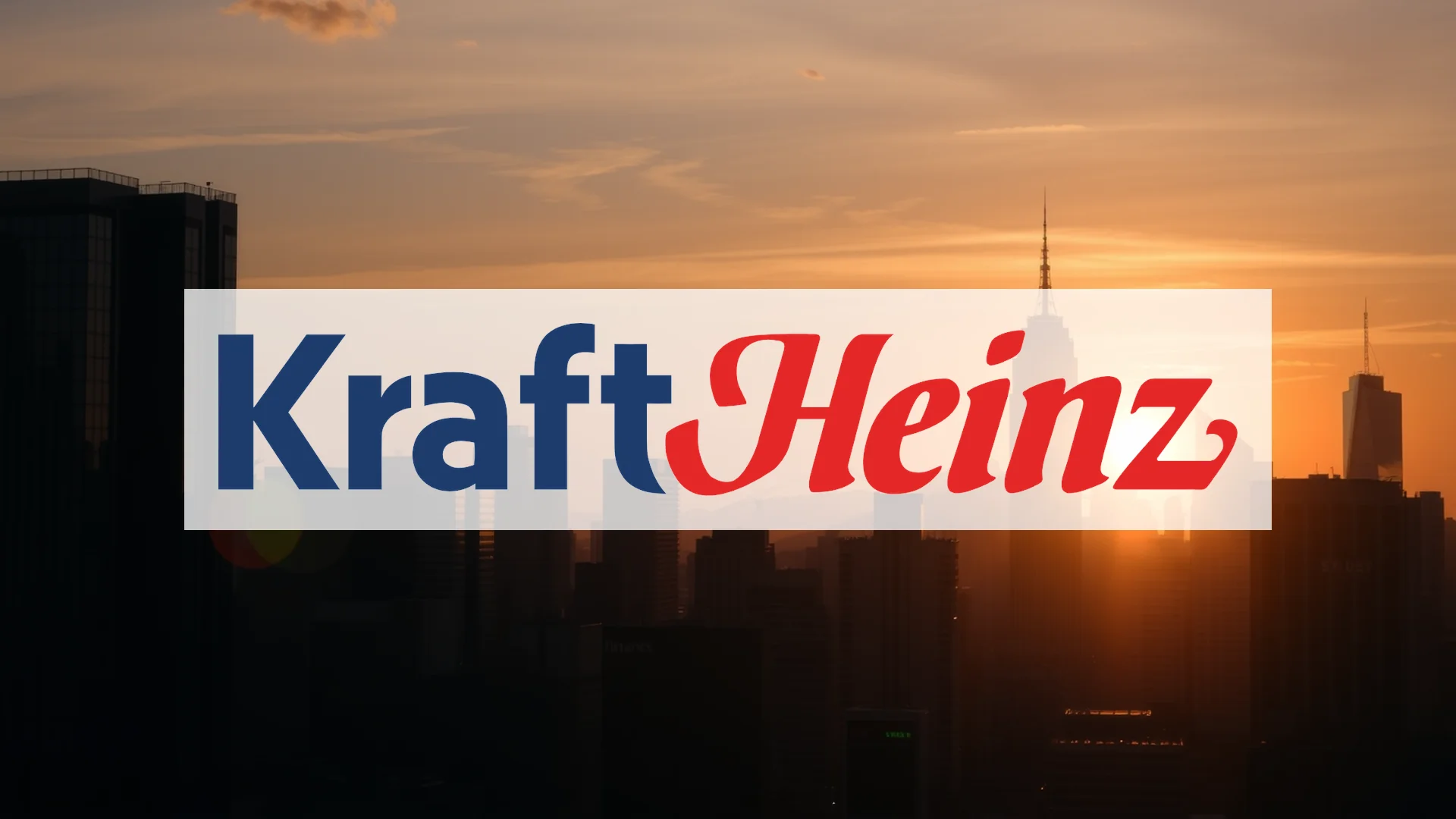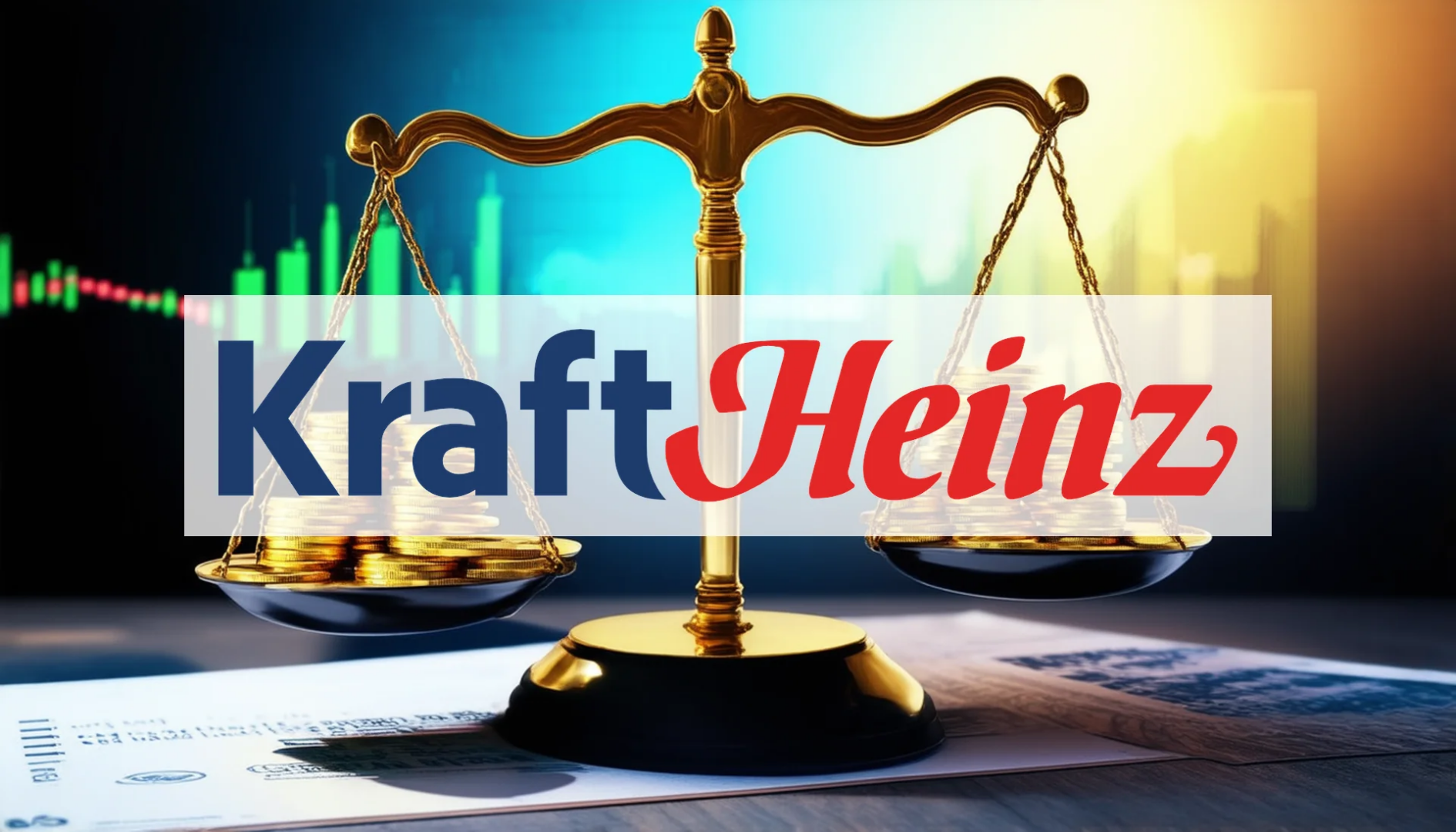The food industry giant Kraft Heinz is embarking on what could be the most significant strategic shift in its recent history. In a move aimed at revitalizing its business, the company has declared its intention to separate into two distinct publicly-traded entities. This decision arrives during a period of notable pressure on the stock, with lackluster sales and cautious forecasts unsettling the investment community. The central question is whether this radical corporate overhaul can successfully reverse the current trend.
Challenging Financial Performance Precipitates Action
Recent quarterly figures illuminate the challenges prompting Kraft Heinz’s drastic strategic response. For the third quarter of 2025, the company reported a 2.3% decline in net sales, which fell to approximately $6.24 billion. This drop was accompanied by a contraction in organic net sales. While the adjusted earnings per share of $0.61 managed to surpass analyst expectations, the overall outlook remains clouded.
A notable bright spot was the net income of $615 million, which represents a substantial recovery from the $290 million loss recorded in the same quarter the previous year, indicating a marked improvement in profitability. Despite this, management has revised its full-year guidance downward, now projecting a 3.0% to 3.5% decrease in organic net sales for 2025.
Unwinding a Landmark Merger
In a historic reversal, the company plans to dissolve the very merger that once defined it. The 2015 combination of Kraft Foods and H.J. Heinz, initially celebrated as a transformative event for the food sector, is now being systematically taken apart. The board of directors has approved a plan to cleave the corporation into two separate units, with the formal separation anticipated to be completed in the second half of 2026.
Should investors sell immediately? Or is it worth buying Kraft Heinz?
The new corporate structure will be organized as follows:
* Global Taste Elevation Co.: This entity will concentrate on international premium brands, including Heinz, Philadelphia, and Kraft Mac & Cheese, with a strategic focus on condiments, sauces, and seasonings.
* North American Grocery Co.: This company will aggregate a portfolio of classic American grocery brands, such as Oscar Mayer, Kraft Singles, and Lunchables.
The primary objectives behind this split are to streamline operational complexity, establish sharper strategic focus, and empower each new business to pursue its distinct growth priorities with greater agility.
Market Analysts Express Cautious Outlook
The dual announcements of the quarterly results and the planned separation have prompted several financial institutions to reassess their positions. TD Cowen maintained its “Hold” recommendation on the stock but lowered its price target to $26. Similarly, Stifel Nicolaus also reduced its valuation forecast. The prevailing sentiment among market experts remains “Hold” or “Neutral,” reflecting widespread uncertainty about the strategy’s potential to effectively address the company’s underlying operational weaknesses.
Persistent challenges, including a difficult consumer spending environment and declining sales volumes, continue to be major headwinds. Whether the corporate division will inject new momentum into the businesses or merely reorganize existing problems is a question that will not be answered until 2026.
Ad
Kraft Heinz Stock: Buy or Sell?! New Kraft Heinz Analysis from November 11 delivers the answer:
The latest Kraft Heinz figures speak for themselves: Urgent action needed for Kraft Heinz investors. Is it worth buying or should you sell? Find out what to do now in the current free analysis from November 11.
Kraft Heinz: Buy or sell? Read more here...










